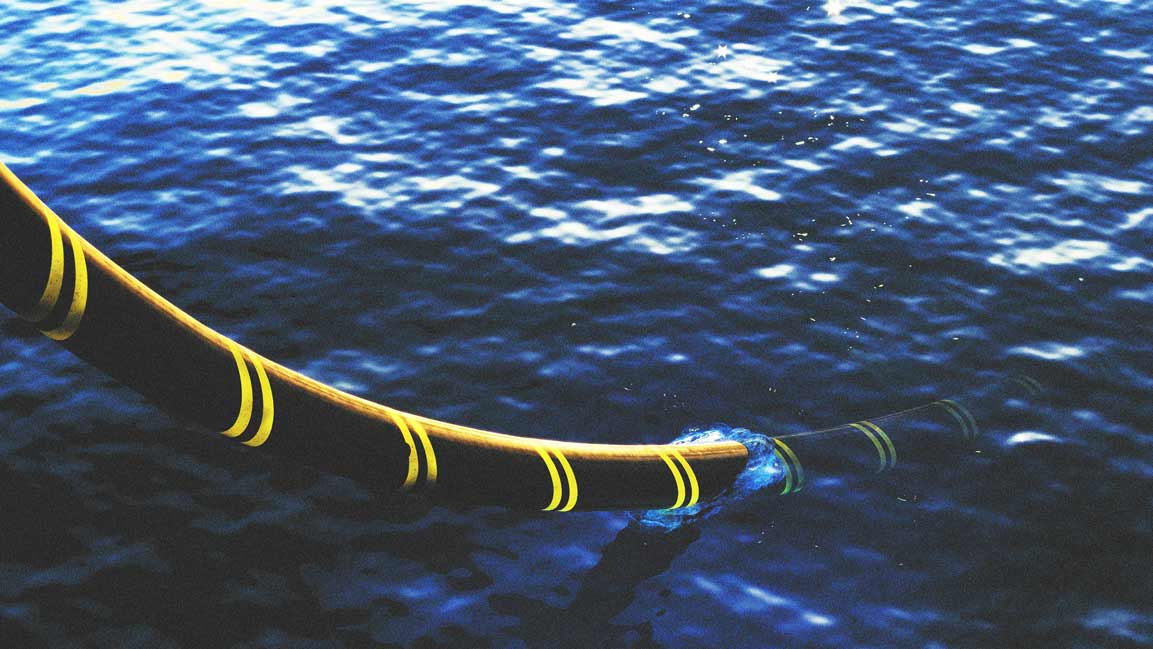- | 3:00 pm
Could Oman’s waves power its low-carbon future?
A new study reveals untapped wave energy potential along Oman’s southeastern coast, and it could be the missing piece in the country’s renewable energy puzzle.

As the global race toward clean energy intensifies, countries are exploring every possible renewable resource — from the sun and wind to the power of the ocean. In Oman, a new frontier is emerging along its southeastern coastline, where researchers have uncovered promising potential for wave energy. Long overlooked compared to solar and wind, wave power offers a steady, predictable source of electricity that could play a key role in the Sultanate’s low-carbon transition.
The study commissioned by a team of Omani researchers has identified significant wave energy potential off the southeastern coast of Oman, pinpointing Shaleem, Al Hallaniyat Islands, and Masirah as prime locations for development.
The three-year analysis found that wave power in these areas peaks during the summer monsoon season, with Shaleem and Al Hallaniyat reaching up to 64.5 kW/m — levels that could support viable renewable energy projects.
Wave energy, though still underutilized globally, offers high predictability and energy density compared to wind and solar. If proven commercially feasible, it could complement Oman’s broader push for a low-carbon energy mix. The research team, comprising experts from Sultan Qaboos University, the Civil Aviation Authority, UTAS, and Code Academy, emphasized the need for further studies into economic viability and climate resilience.
As Oman looks to diversify its renewable energy sources, the findings offer a roadmap for future site selection and system design in the growing blue energy sector.































